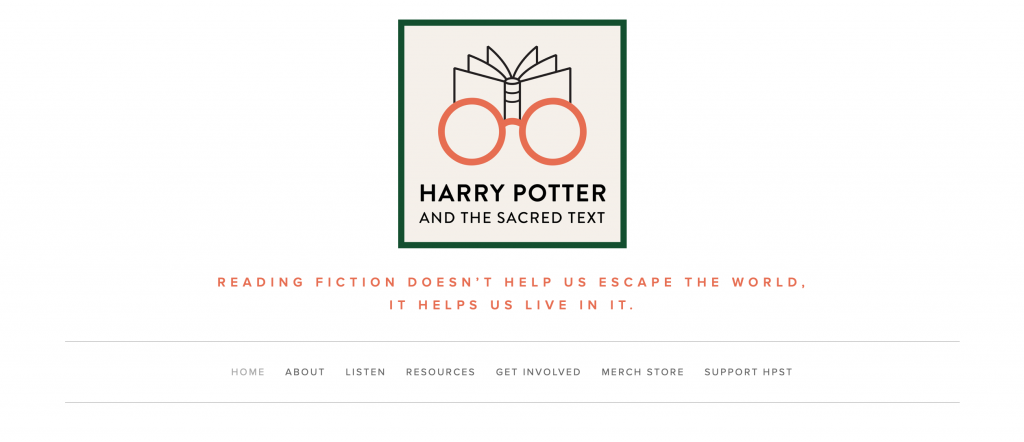
Creative limitations from eccentric corners of the internet
I should preface this by saying it gets weird before it gets, well, inspirational. Or so I hope.
A conversation with an avid Harry Potter fan alerted me to the existence of a podcast called Harry Potter’s Sacred Text. Its tagline reads:
READING SOMETHING WE LOVE AS IF IT WERE SACRED
Hosted by two divinity scholars at Harvard, they follow a particular methodology to find meaning in Harry Potter. This includes:
- ‘Trusting the text’, whereby they assume a seriousness to the work in the hope it will reward contemplation with meaning.
- ‘Rigor and ritual’, including reading the text slowly, repeatedly and with concentrated attention.
- ‘Reading it in the community’, in the hope that while the text itself may not yet be sacred, it will become so when the community of readers proclaim it as such.
So far, so…outlandish…at least for me. It was when the ‘Potter-head’ (their words, not mine) began to describe a recent episode of the podcast that my interest was piqued.
One of the techniques they use is a method described as ‘sparklets’ or ‘floralegium’. Pieces of text are taken at random and deliberately placed in new contexts. By juxtaposing previously disparate extracts, it is hoped they might reveal new meaning.
The creators of the podcast include a definition of floralegium on their web-site:
A collection of passages from the writings of previous authors. Special interest attaches to the Greek patristic florilegia. Besides those composed of excerpts from commentaries on the Bible (known as catenae), a number of dogmatic florilegia, compiled from the 5th cent. onwards, have survived. They were often drawn up to establish the orthodoxy or heterodoxy of individual theologians, and many were incorporated in the acta of councils. A patristic florilegium of a non-dogmatic kind is the collection of extracts made by St Basil of Caesarea. Latin florilegia were also well established from the 5th cent. Their material is patristic, supplemented by excerpts from Carolingian and later from 12th-cent. authors. The early Latin florilegia were dogmatic and ascetic. In the later Middle Ages florilegia became preaching tools.
Through the thick mist of academic language, a simple creative architecture – the use of artificial limitations to spur new thinking – might be discerned. It inspired me to consider what might emerge if we were to take random extracts from, say, the archive of MEX podcasts or the MEX journal, and create floralegium of our own. Would we find hidden meaning? Or would we find ourselves ascribing meaning where there is none?
Furthermore, it inspired me to smile about the wonderful weirdness of the internet’s many rabbit holes…you never know when one will draw you in!
Part of MEX Inspirations, an ongoing series exploring tangents and their relationship to better experience design.



+ There are no comments
Add yours